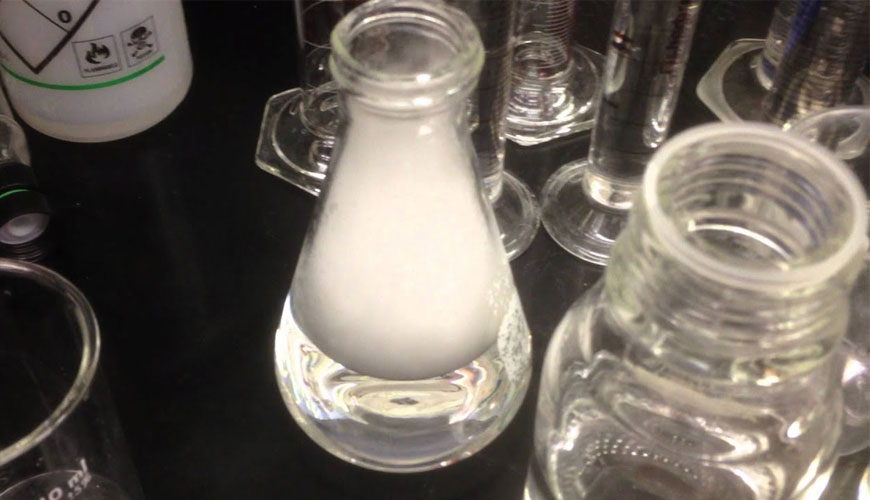

Ethyl acetate is one of the simplest carboxylate esters. The colorless liquid has a sweet, fruity odor that most people find pleasant. Ethyl acetate was first synthesized from ethanol and acetic acid. The reaction was Fischer esterification dating back to the late 1800s. This method is still the most widely used commercial synthesis.

Ethyl acetate is a widely used solvent, especially for paints, varnishes, lacquers, cleaning mixtures and perfumes. It is also used as a solvent to decaffeinate coffee beans, like dichloromethane. In the laboratory, ethyl acetate is a common solvent for column and thin layer chromatography.
Ethyl acetate is used as a solvent or hardener in the paint industry. It is used as a solvent in some coatings and plastic products. It is used as a solvent in wood paint and coating varnishes.
It is used as a finer solvent for flexographic printing and gravure printing in the printing industry. It is used as a raw material in the printing industry, liquid nitrocellulose ink and inks of photocopiers and printers.
Ethyl acetate is used to recover acetic acid and ethyl alcohol by hydrolysis method under acidic or basic conditions in laboratory conditions. In addition, mixtures containing ethyl acetate are commonly used for calibration in the columns of the gas chromatography device in the laboratory. It is also used for environmental protection and analysis of pesticide residues.
In the food industry, it is used for decaffeination in coffee beans and tea leaves. It is also widely used as an ester in wine production, while it is used as a volatile organic acid in foods.
Meanwhile, the raw material used in the production of perfume, which leaves the perfume smell on the skin and evaporates rapidly, is ethyl acetate. It is used as a nail polish remover in products such as acetone and acetonitrile.
Despite its widespread use, ethyl acetate can adversely affect the person when inhaled and absorbed through the skin. Ethyl Acetate can irritate the skin, eyes, nose and throat. Exposure to high levels can cause dizziness and lightheadedness and may cause fainting. Repeated contact may cause the skin to dry and crack.
Our organization also provides ethyl acetate analysis services with its trained and expert staff and advanced technological equipment, among the numerous test, measurement, analysis and evaluation studies it provides for businesses in various sectors.
To get an appointment, to get more detailed information or to request an evaluation, you can ask us to fill in our form and reach you.